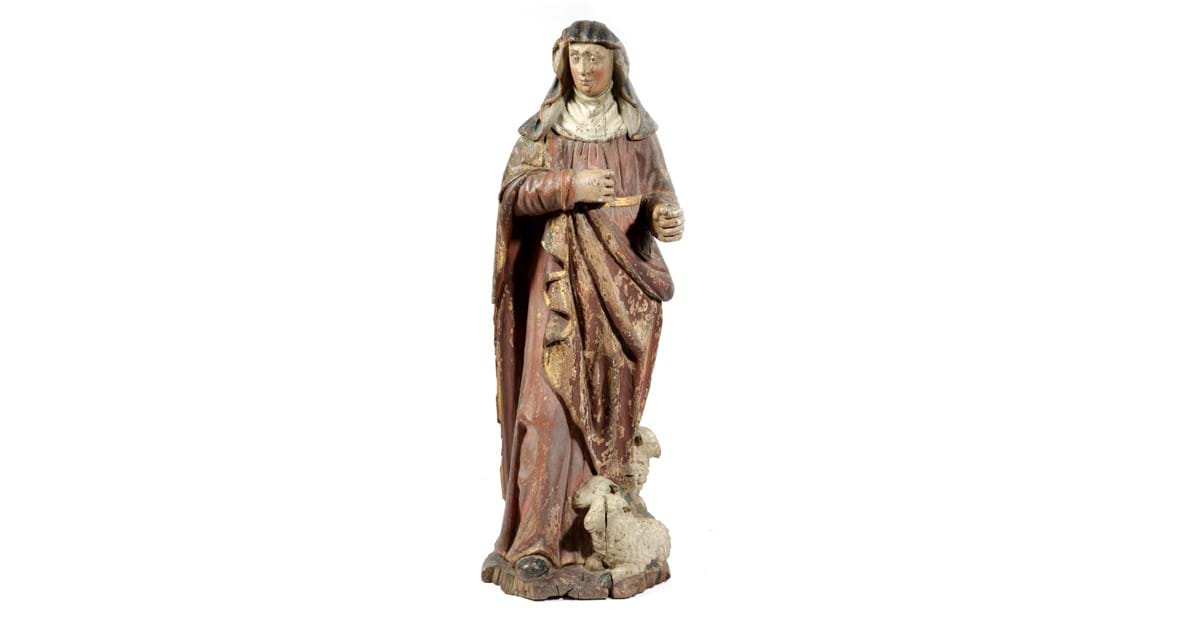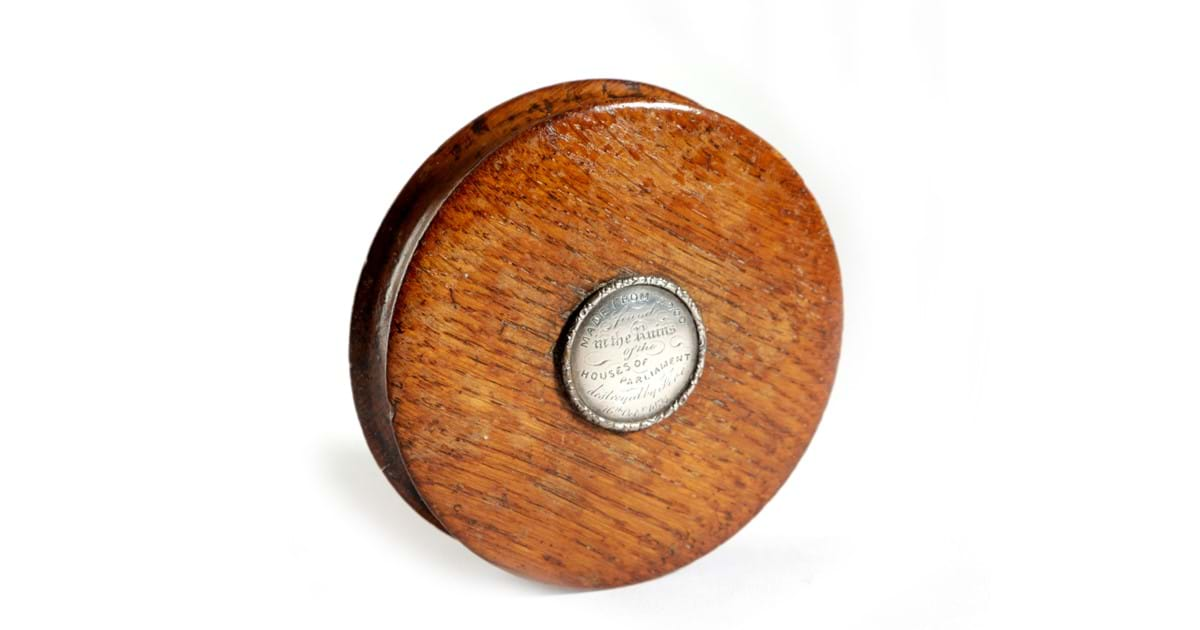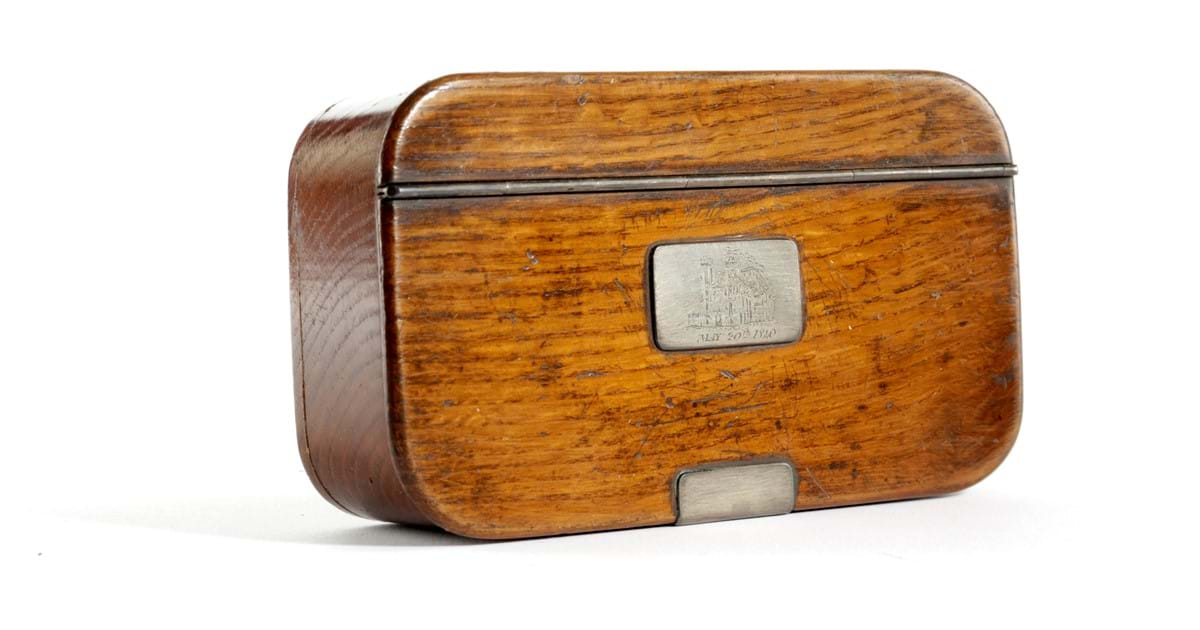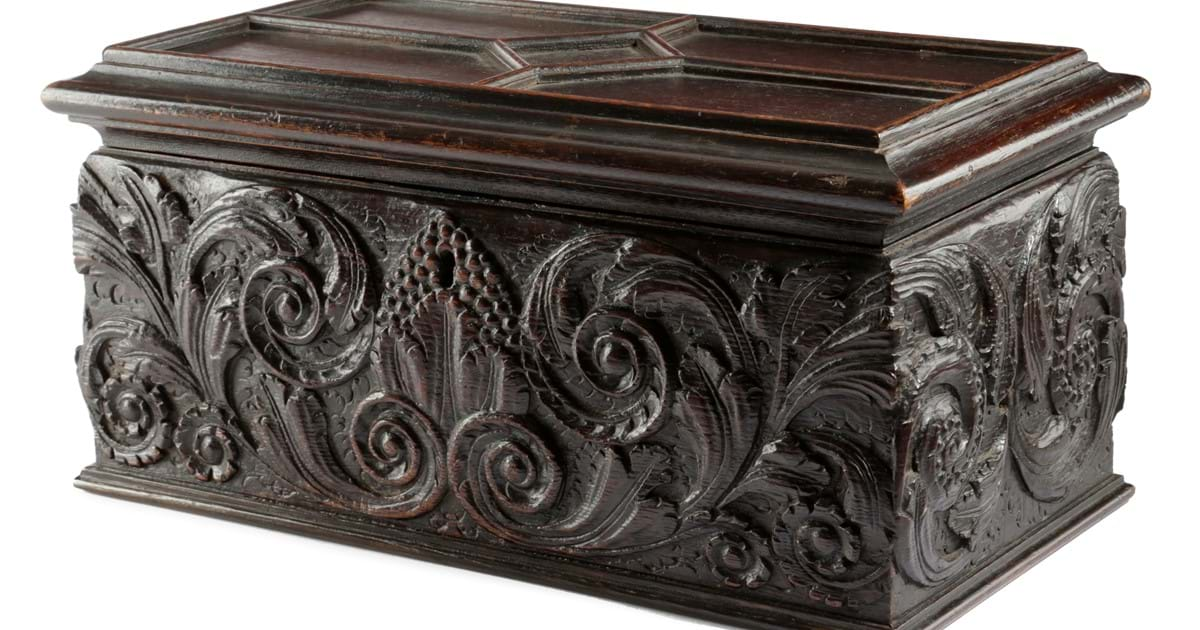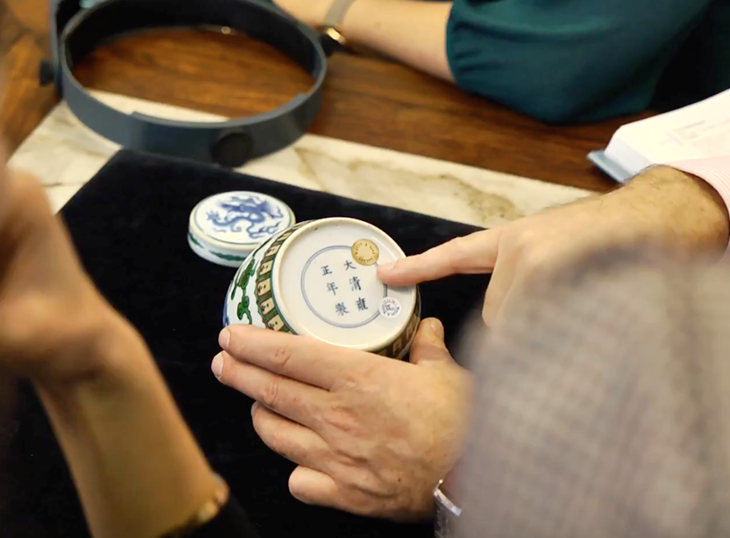The Eve of St Agnes
20th January 2021A centuries old wooden carving that was rescued from a burning cathedral has revealed a spooky coincidence to the life of the woman it depicts.
The 3ft high painted oak figure of St Agnes (lot 134) was reputedly rescued from the blazing remains of Arras Cathedral during the First World War by the previous owner’s grandfather, who was given permission to salvage the carving. In a weird twist of fate, St Agnes herself had effectively been rescued from flames after attempts to burn her at the stake failed over 1700 years ago.
Agnes was a young girl of noble Roman birth who was sentenced to death as a follower of Christianity. When attempts to burn her at the stake failed repeatedly, she was beheaded by a Roman officer. Her feast day is 21st January, and it is tradition for young unmarried women to perform a certain ritual on the Eve of St Agnes in order that they might see their future intended – a ritual made famous in the 1819 poem The Eve of St Agnes by John Keats.
The 300 year old carving was due to be sold by Woolley and Wallis in Salisbury on 13th January, a week before the anniversary of the saint’s martyrdom, but the auction eventually took place on 20th April, following postponement due to lockdown.
“The story of St Agnes is as tragic as the story of Arras cathedral, and this carving is a quite remarkable survival,” said Works of Art specialist, Mark Yuan-Richards. “The 12th century cathedral not only suffered during the French Revolution, but just over a century later it was repeatedly bombed during the First World War with a number of serious fires causing substantial damage. So many beautiful and important pieces were destroyed at this time, and it is wonderful to now see this figure truly representing the triumph of good over evil.”
The figure exceeded expectations to fetch £1,375 as part of the Furniture, Works of Art and Clocks sale at Woolley and Wallis. Coincidentally the sale also included two 19th century snuff boxes, carved from wood salvaged during two significant conflagrations – the destruction of the Houses of Parliament by fire on 16th October 1834 (lot 212) which sold for £750, and the fire at York Minster on 20th May 1840 (lot 214), selling for £250. An oak tea chest of 1830 from the Forbes family of Shropshire (lot 732), to be sold on 21st April, was carved from a beam of Windsor Castle; however, this is likely to have been acquired during the renovations which began in 1824 – the famous fire at that property occurring in 1992.

